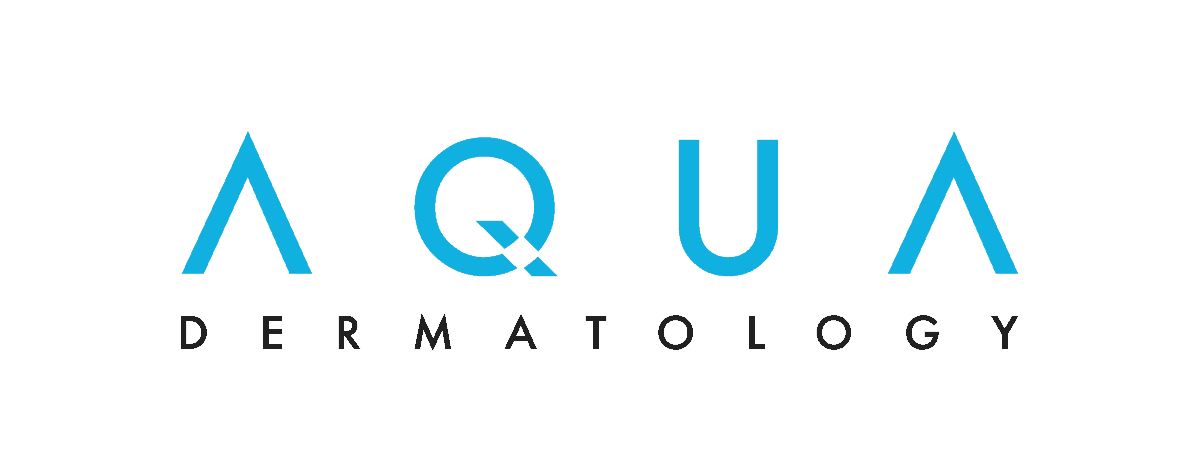Vitiligo
Call (877) 900-3223
Vitiligo
Who Gets Vitiligo?
What Determines Skin Color?
How Does Vitiligo Develop?
Vitiligo Treatment
Treatment of Vitiligo in Children
Vitiligo is a skin condition resulting from loss of pigmentation, which produces white patches. While any part of the body may be affected, the most common areas include the face, lips, hands, arms, legs, and genital areas. The exact cause of vitiligo is not known; however, there may be an inherited component. Although treatment is available, there is no single cure.
Who Gets Vitiligo?
Vitiligo affects one to two of every 100 people. About half of those who develop it do so before the age of 20; about 20 percent have a family member with this condition.
It may be an autoimmune process, whereby the body makes antibodies to its own pigment cells. Most people with vitiligo are in good general health, although vitiligo may occur with other autoimmune diseases such as thyroid disease.
What Determines Skin Color?
Melanin, the pigment that determines the color of skin, hair, and eyes, is produced in cells called melanocytes. If these cells die or cannot form melanin, the skin becomes lighter or completely white.
How Does Vitiligo Develop?
Typical vitiligo shows areas of milky-white skin. However, the degree of pigmentation loss can vary within each vitiligo patch, or a border of darker skin may circle an area of light skin.
Vitiligo often begins with a rapid loss of pigment. This may continue until, for unknown reasons, the process stops. Cycles of pigment loss, followed by periods when the pigment doesn’t change, may continue indefinitely.
It is rare for skin pigment in vitiligo patients to return on its own. Some people who believe they no longer have vitiligo actually have lost all their pigment and no longer have patches of contrasting skin color. Although their skin is all one color, they still have vitiligo.
The course and severity of pigment loss differ with each person. Light-skinned people usually notice the contrast between areas of vitiligo when their skin is suntanned in the summer. Year round, vitiligo is more obvious on people with darker skin. Individuals with severe cases can lose pigment all over the body. There is no way to predict how much pigment an individual will lose.
Vitiligo Treatment
Sometimes the best treatment for vitiligo is no treatment at all. In fair-skinned people, avoiding tanning of normal skin can make areas of vitiligo almost unnoticeable because of the (no pigment) white skin; vitiligo has no natural protection from the sun.
These areas are easily sunburned, and people with vitiligo are at increased risk of skin cancer. They should wear a sunscreen with an SPF of at least 30 on all areas of vitiligo not covered by clothing. Avoid the sun when it is most intense to avoid burns.
Disguising vitiligo with makeup, self-tanning compounds, or dyes is a safe, easy way to make it less noticeable. Waterproof cosmetics to match almost all skin colors are available. Stains that dye the skin can be used to color the white patches to more closely match normal skin color. These stains gradually wear off.
Self-tanning compounds contain a chemical called dihydroxyacetone that does not need melanocytes to make a tan color. The color from self-tanning cream also slowly wears off. None of these change the disease, but they can improve the appearance. Micropigmentation tattooing of small areas may be helpful.
If sunscreens and cover-ups are not satisfactory, your Water’s Edge Dermatology practitioner may recommend other treatments. Treatment can be aimed at returning normal pigment (repigmentation) or destroying remaining pigment (depigmentation). None of the repigmentation methods are permanent cures.
DEPIGMENTATION THERAPY
For some patients with extensive involvement, the most practical treatment for vitiligo is to remove remaining pigment from normal skin and make the whole body an even white color. This is done with a chemical called monobenzylether of hydroquinone. This therapy takes about a year to complete. The pigment removal is permanent.
REPIGMENTATION THERAPY
Topical corticosteroid creams can be effective in returning pigment to small areas of vitiligo. These can by used along with other treatments. These agents can thin the skin or even cause stretch marks in certain areas.
PUVA
PUVA is a form of repigmentation therapy where a type of medication known as psoralen is used. This chemical makes the skin very sensitive to light. Then the skin is treated with a special type of ultraviolet light called UVA.
Sometimes, when vitiligo is limited to a few small areas, psoralens can be applied to the vitiligo areas before UVA treatments. Usually, however, psoralens are given in pill form.
Treatments with PUVA have a 50-70% chance of returning color on the face, trunk, upper arms, and upper legs. Hands and feet respond very poorly. Treatments are required twice a week for at least a year. PUVA must be given under close supervision by your Water’s Edge dermatologist.
NARROW BAND UVB (NBUVB)
This is a form of phototherapy that requires the skin to be treated two or three times a week for a few months. At this time this form of treatment is not widely available. It may be especially useful in treating children with vitiligo.
GRAFTING
Transfer of skin from normal to white areas is available only in certain areas of the country and is useful for only a small group of vitiligo patients. It does not generally result in a total return of pigment in treated areas.
OTHER TREATMENT OPTIONS
Other treatment options include a new topical class of drugs called immunomodulators. Due to their safety profile, they may be useful in treating children and for the treatment of eyelids. Excimer lasers may be tried as well.
Treatment of Vitiligo in Children
Aggressive treatment is generally not used in children. Sunscreen and cover-up measures are usually the best treatment. Topical corticosteroids can also be used, but must be monitored. PUVA, a treatment that uses the light-sensitive drug psoralen and long-wave ultraviolet radiation, is usually not recommended until after the age of 12, and then the risks and benefits of this treatment must be carefully weighed.





